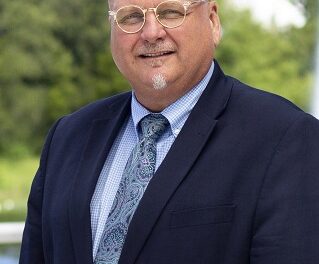Wounds sometimes can be experienced by patients who are receiving treatment in a long-term acute care hospital. Some wounds occur as ulcers resulting from diabetes or pressure sores; others occur postoperatively. Kindred hospitals offer several forms of wound treatment, including debridement, treating opportunistic infections, whirlpool hydration and pressure relief.
Debridement The most common method for wound treatment, debridement refers to the removal of dead skin tissue and calluses from around the wound. In this way, debridement reduces the chances of infection and allows healing by producing a new base for healthy skin to grow. Whirlpool hydration often complements the process by reducing pain. Pressure Relief Applying direct pressure to a wound can result in a delayed healing process. Prolonged sitting or lying down without changing the bodys posture, for example, makes healing increasingly difficult. Through a process of “off loading” with the use of customized orthopedic shoes, splints, walkers, crutches or casts, the pressure relief method enables and enhances healing by preventing skin breakdown. An Interdisciplinary Approach to Healing Kindreds Wound Care Program specializes in coordinated, outcome-oriented care through its use of an interdisciplinary team approach. A team composed of wound care specialists meets regularly to organize and perform the necessary steps in the healing process. This team includes a primary physician, an experienced nursing staff, a plastic or general surgeon, physical and occupational therapists, a podiatrist, a registered dietitian, pharmacists, case management and social services and, of course, the patients family members. Wound care patients also have access to daily visits by an attending physician, consultative surgeons, in-house operating rooms, a wide scope of physician consults, an intensive care unit and in-house radiology, pharmacy and lab services.

























